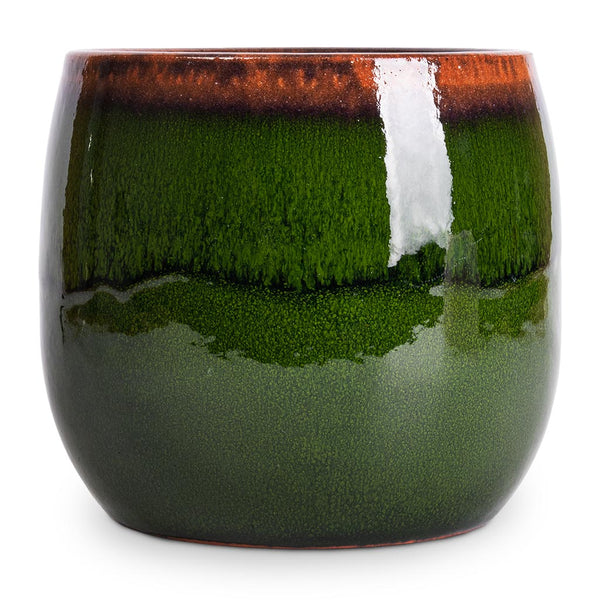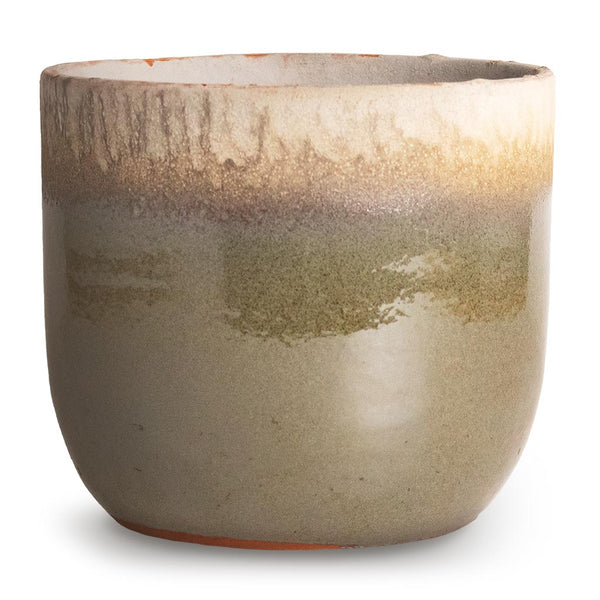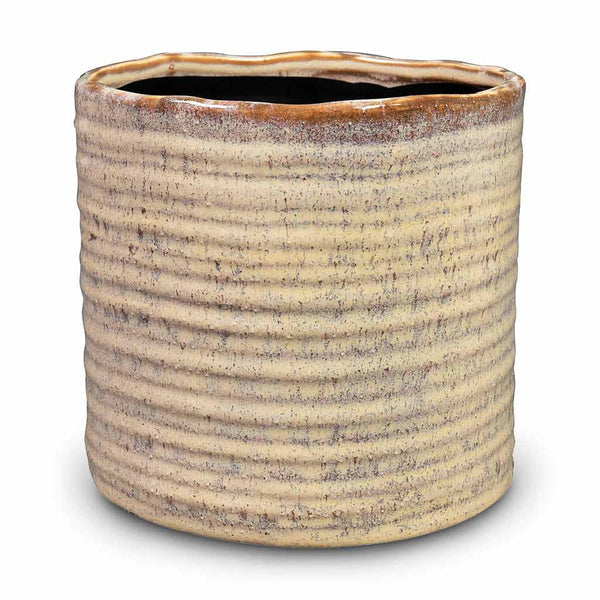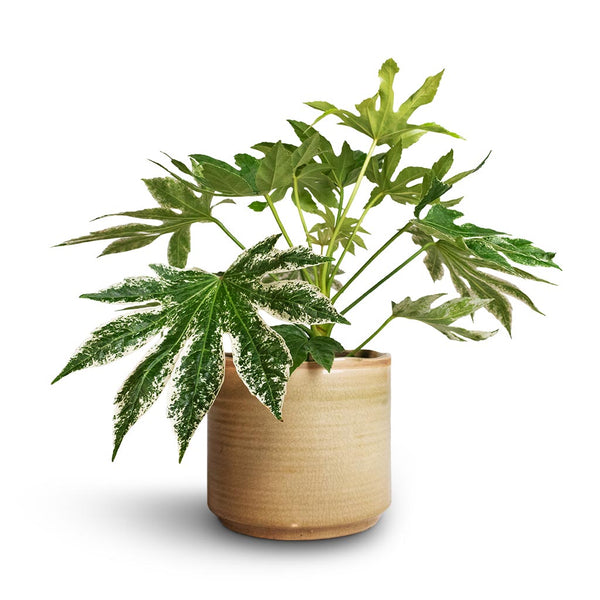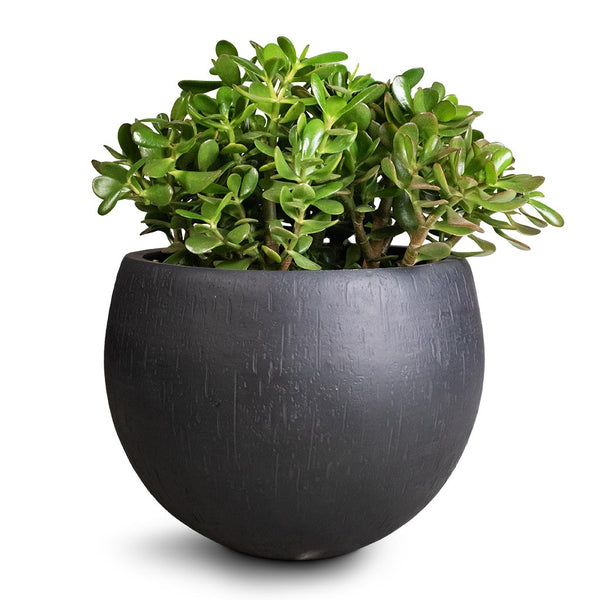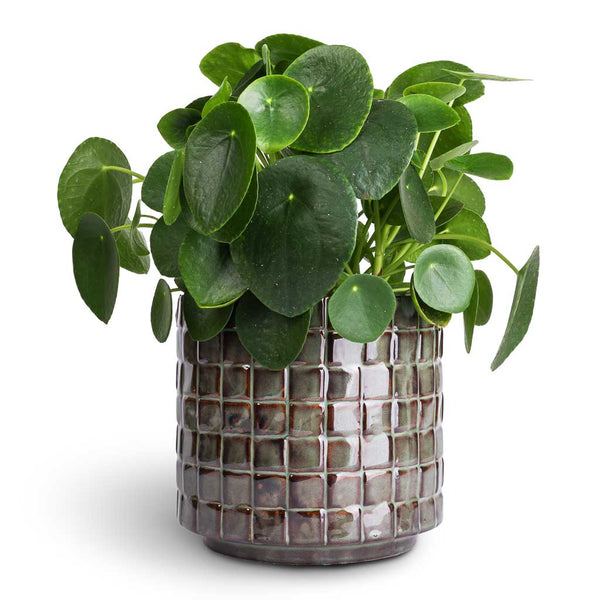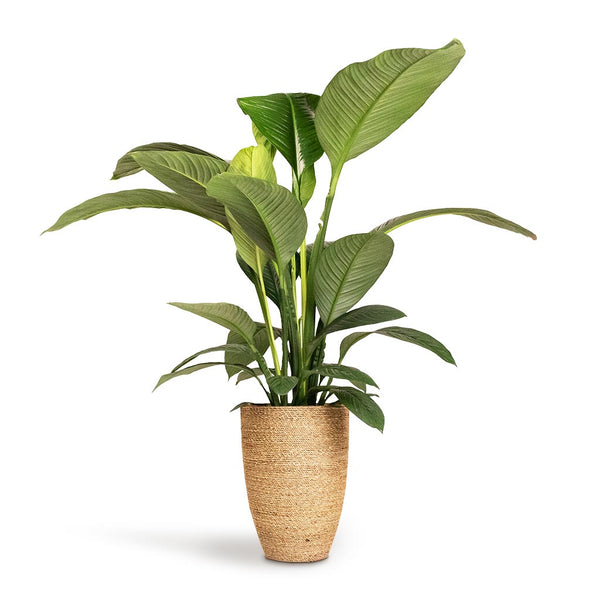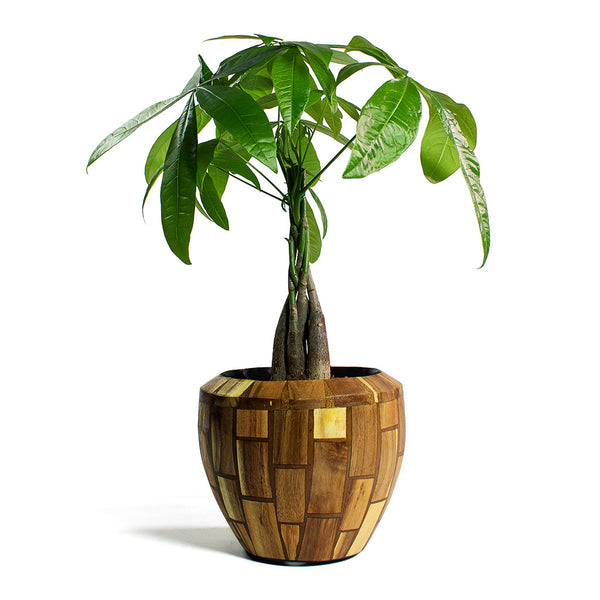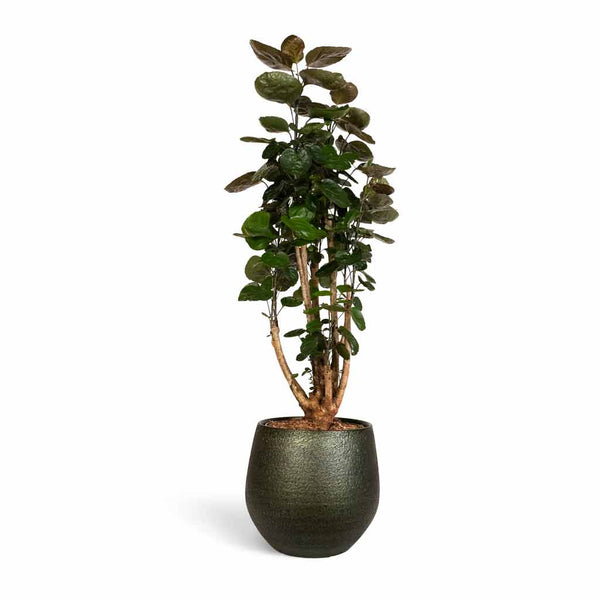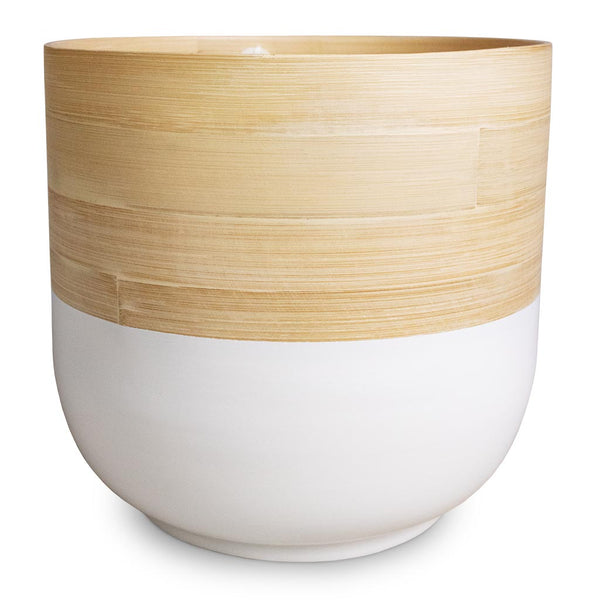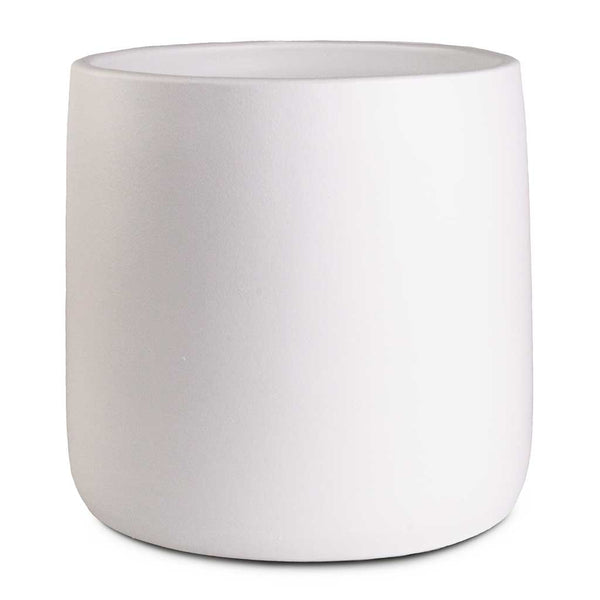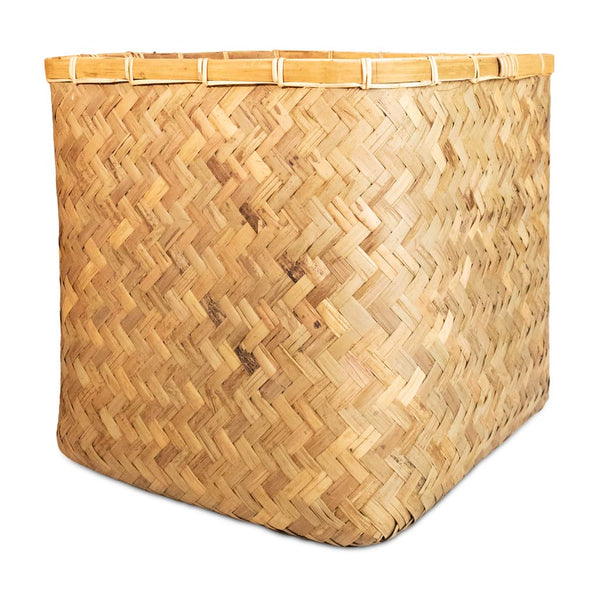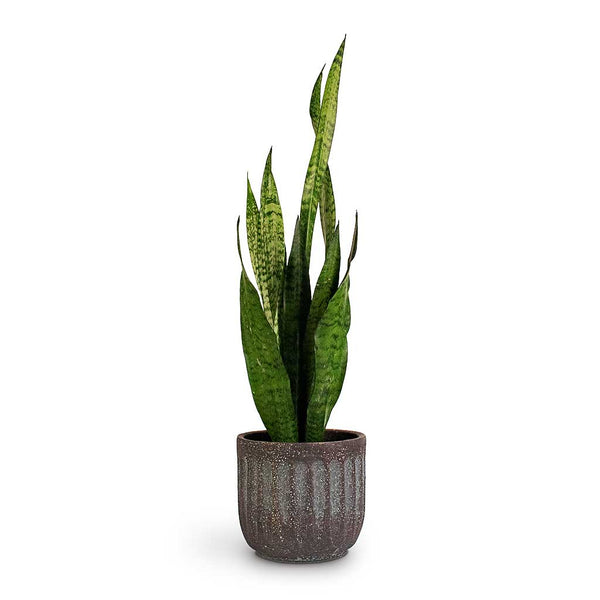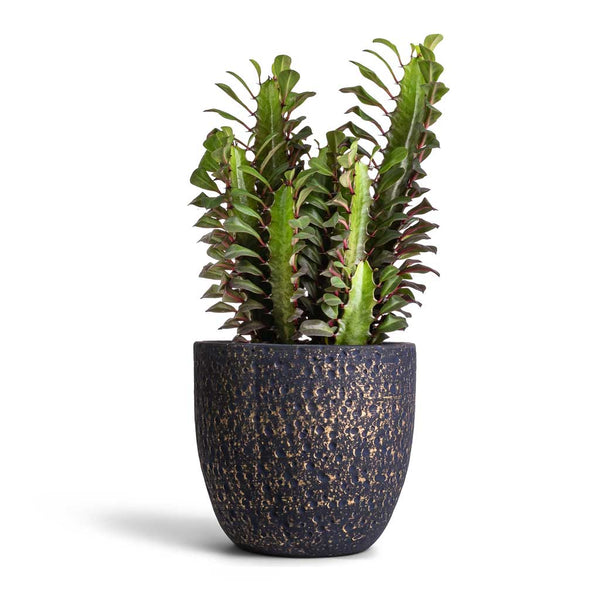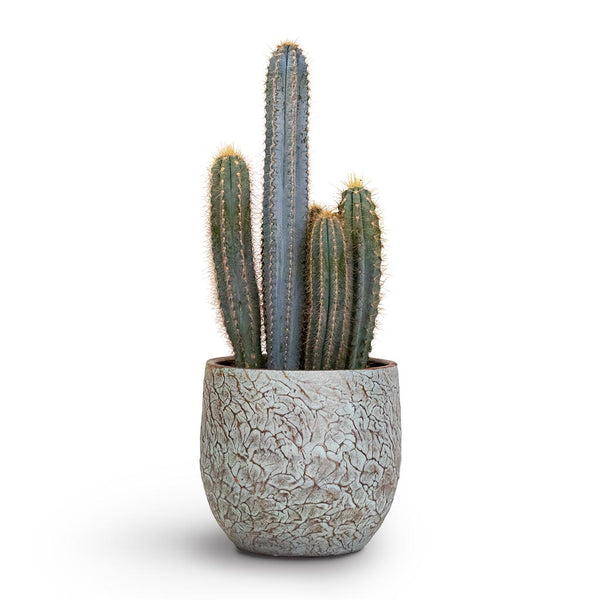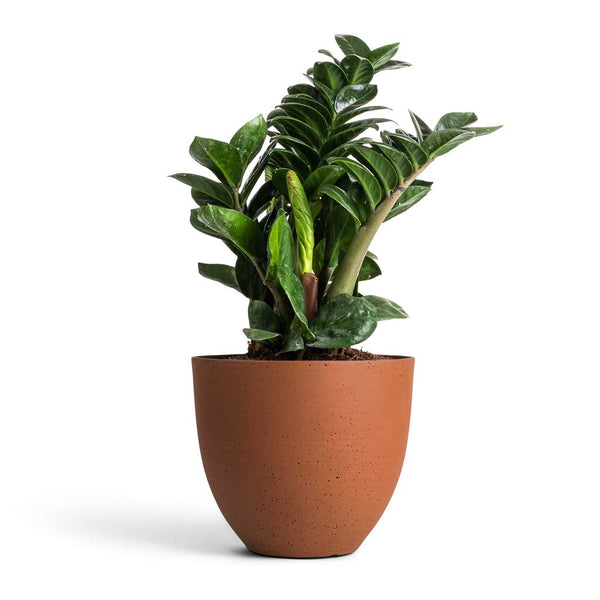STYLING / Japandi Style Indoor Greenery
October 04, 2023 3 min read

JAPANDI INTERIOR DESIGN STYLE
Nature is never perfect.
Wabi-sabi is the view that there is beauty in the imperfect, impermanent, and incomplete. It's this concept that combines the minimalist aesthetic of Japanese design with the cosy warmth of Scandinavian design to create something entirely new.
It's a style that embraces asymmetry, simplicity, roughness, and an appreciation for the natural world, resulting in a unique blend of aesthetics that resonates deeply with those seeking balance and serenity in their living spaces.
JAPANDI STYLE PLANT LOOKS
HANDMADE CERAMICS
Embodying the wabi-sabi appreciation for all things unique and "imperfect", yet minimal, elegant and with clean simple lines, handmade ceramic plant pots are a great way to imbue your home with Japandi style.
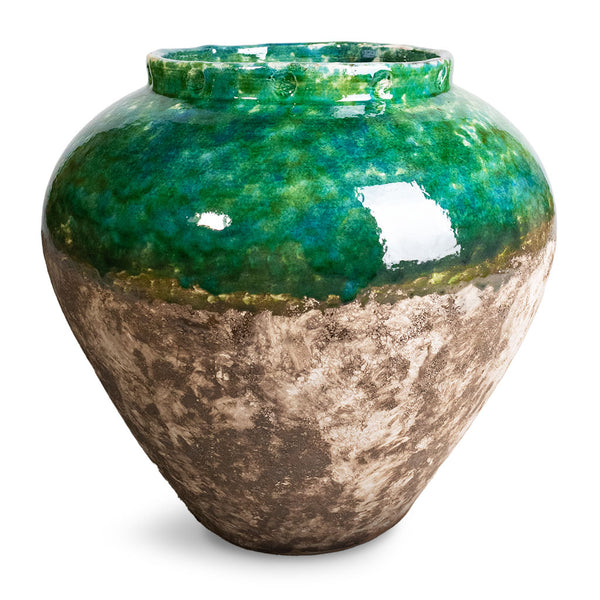
Lindy Jar Plant Pot - Black Green
One key element that embodies the essence of Japandi design is the use of natural colours and materials. This appreciation for the organic world can be seen in the choice of furniture, decor, and plant pots. Handmade ceramic plant pots exemplify the wabi-sabi ethos—elegant yet imperfect, with clean, simple lines that complement the overall design. These pots bring a touch of authenticity and craftsmanship to your home, aligning perfectly with the Japandi vision.
ASIAN PLANTS
Using plants that originate from Asia (or are at least commonly found there) is a great way to infuse Japandi style into your interiors.
Fatsia japonica - Variegated Japanese Aralia
Pilea peperomioides - Chinese Money Plant
Spathiphyllum Sensation - Peace Lily
Polyscias Fabian - Aralia Fabian
When it comes to choosing plants, the Japandi style encourages us to look to Asia for inspiration. These plants not only add a sense of connection to nature but also reflect the simplicity and balance that define the style.
CLEAN & NATURAL
Natural materials an clean white are intrinsic to the essence of Scandinavian and Japanese interior design. Bamboo is a natural material with a distinctly Japanese feel, while clean white offers the simplest minimal style.
Cleanliness and natural materials are fundamental aspects of both Japanese and Scandinavian design. Bamboo, a quintessentially Japanese material, offers a touch of elegance and texture, making it an ideal choice for plant pots in Japandi-inspired spaces. Meanwhile, the use of clean white surfaces provides a canvas for minimalistic simplicity, allowing the beauty of your decor and plants to shine through.
PRACTICALLY INDESTRUCTIBLE
Plants you totally forgot about, and just leave on a shelf or tabletop are kind of the vibe at the extreme end of the wabi sabi style. Opt for hard-to-kill species, and just leave them to do their thing.
Sansevieria zeylanica - Snake Plant
Ficus elastica Abidjan - Burgundy Rubber Plant
Euphorbia trigona rubra - African Milk Tree
Pilocereus pachycladus azureus - Blue Columnar Cactus
Zamioculcas zamiifolia Zenzi - Zenzi ZZ Plant
For those who prefer low-maintenance plant care, the Japandi style is forgiving and encourages the use of hard-to-kill species. These resilient plants thrive with minimal attention, allowing them to gracefully take their place on a shelf or tabletop, echoing the laid-back wabi-sabi vibe. The durability and low-maintenance nature of these plants perfectly embody the philosophy of finding beauty in the simple and enduring aspects of life.
In embracing Japandi interior design, you're not only creating a beautiful living space but also adopting a mindful way of living. It's a style that reminds us to appreciate the imperfections and transience of life while finding balance and serenity in our surroundings. So, whether you choose handmade ceramic plant pots, select Asian-inspired greenery, opt for natural materials, or embrace hardy indoor plants, you're not just decorating your home; you're nurturing a harmonious lifestyle that embodies the best of both Japanese and Scandinavian worlds.
BECOME A HORTOLOGIST
SIGN UP FOR INSPO & OFFERS IN YOUR INBOX

